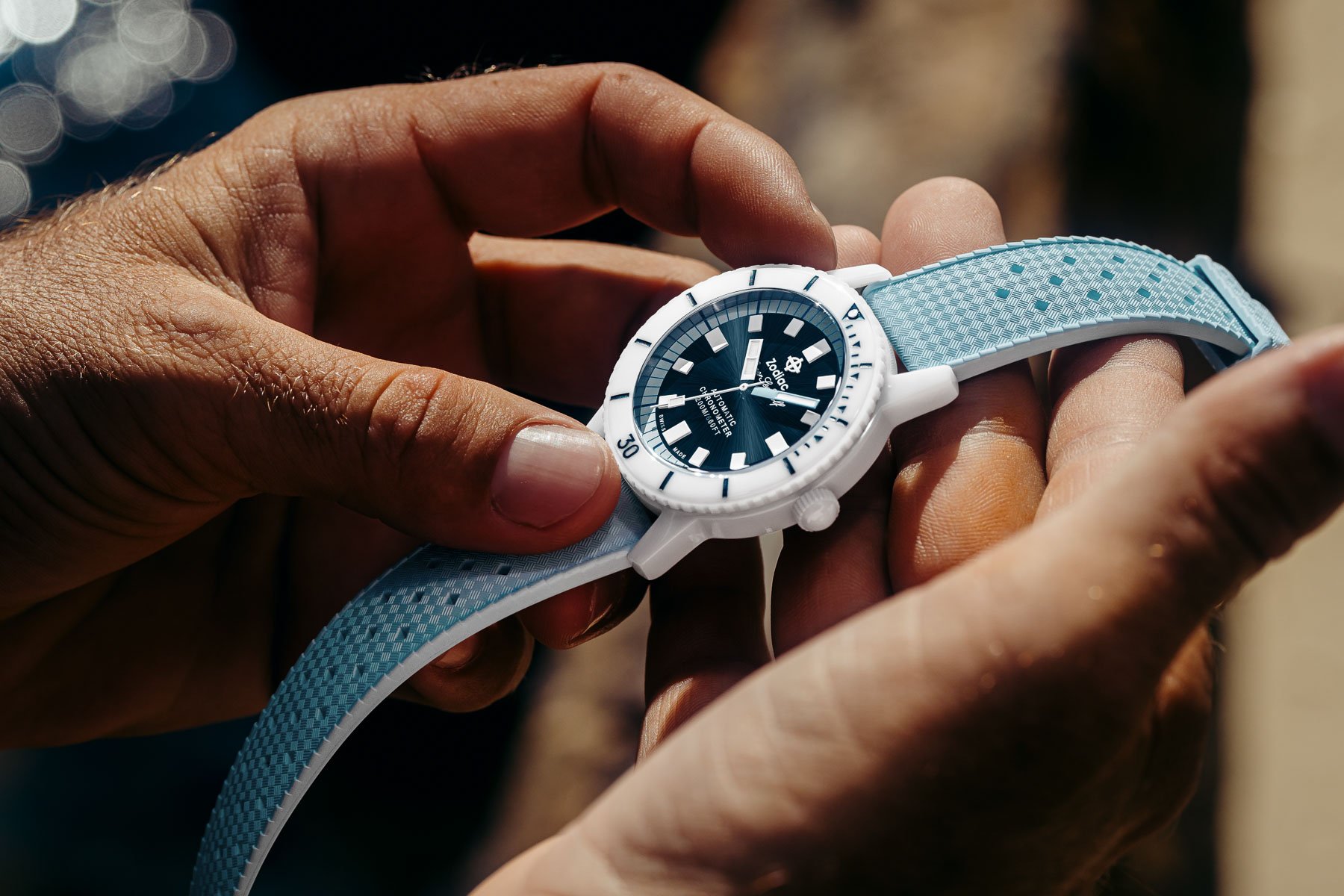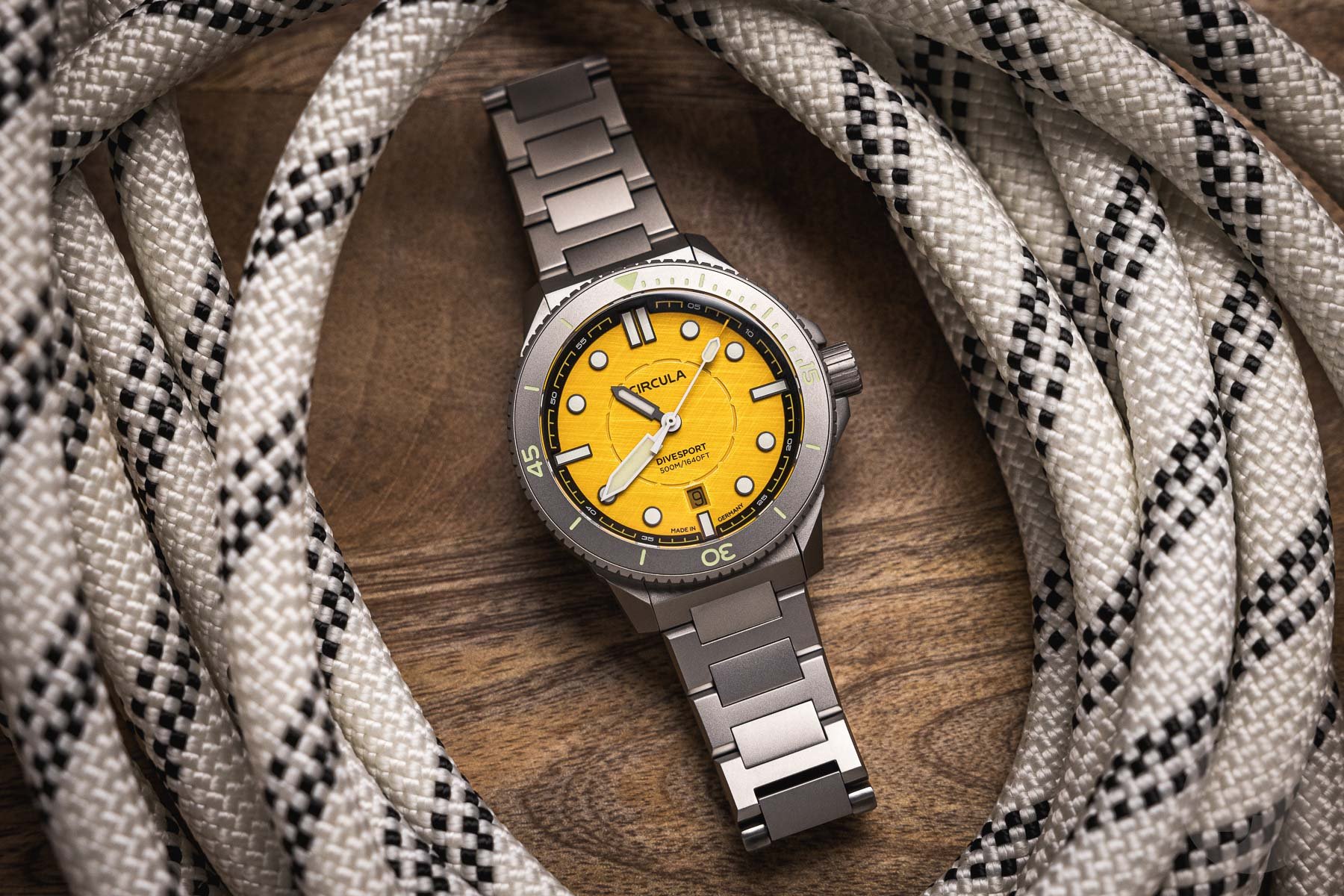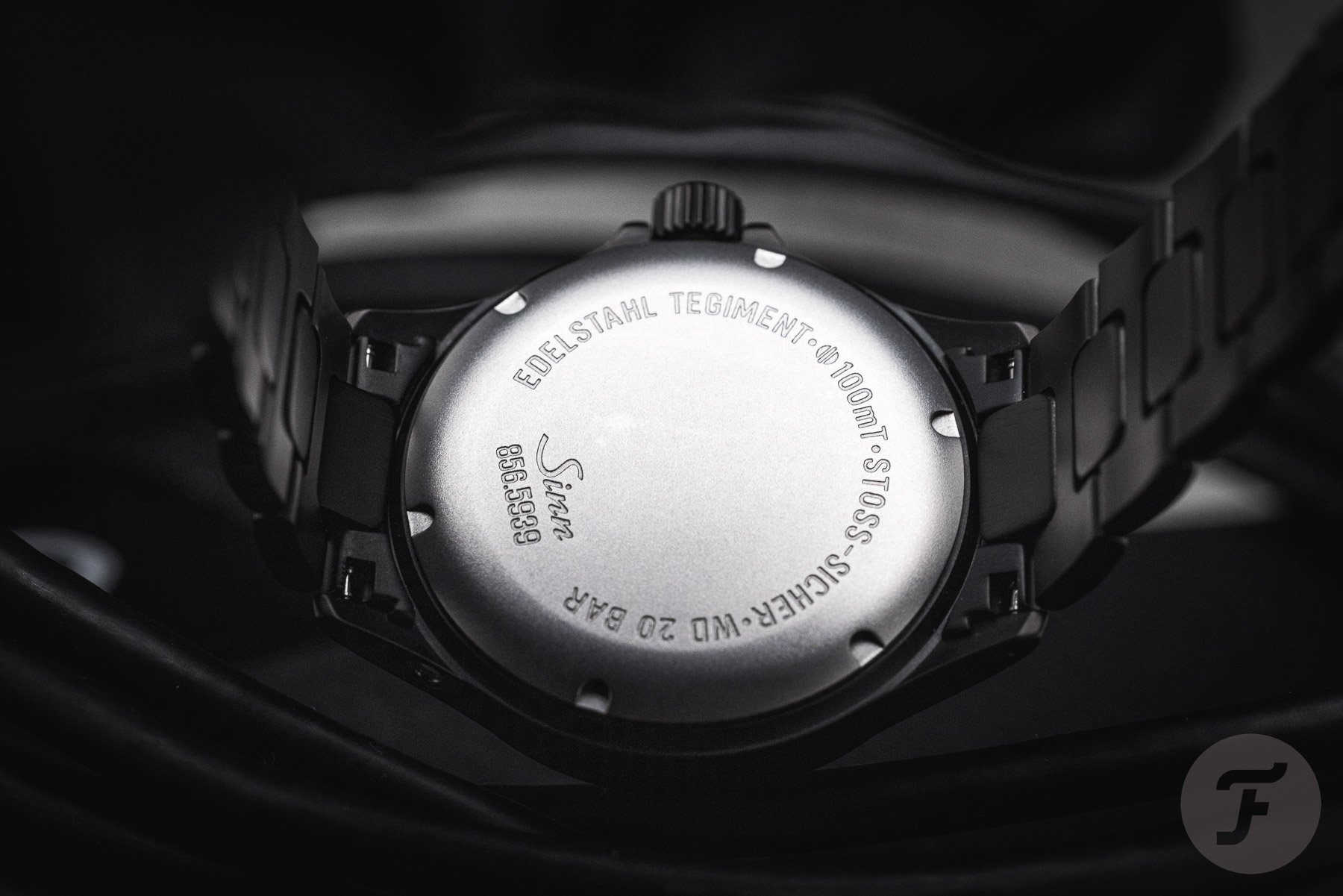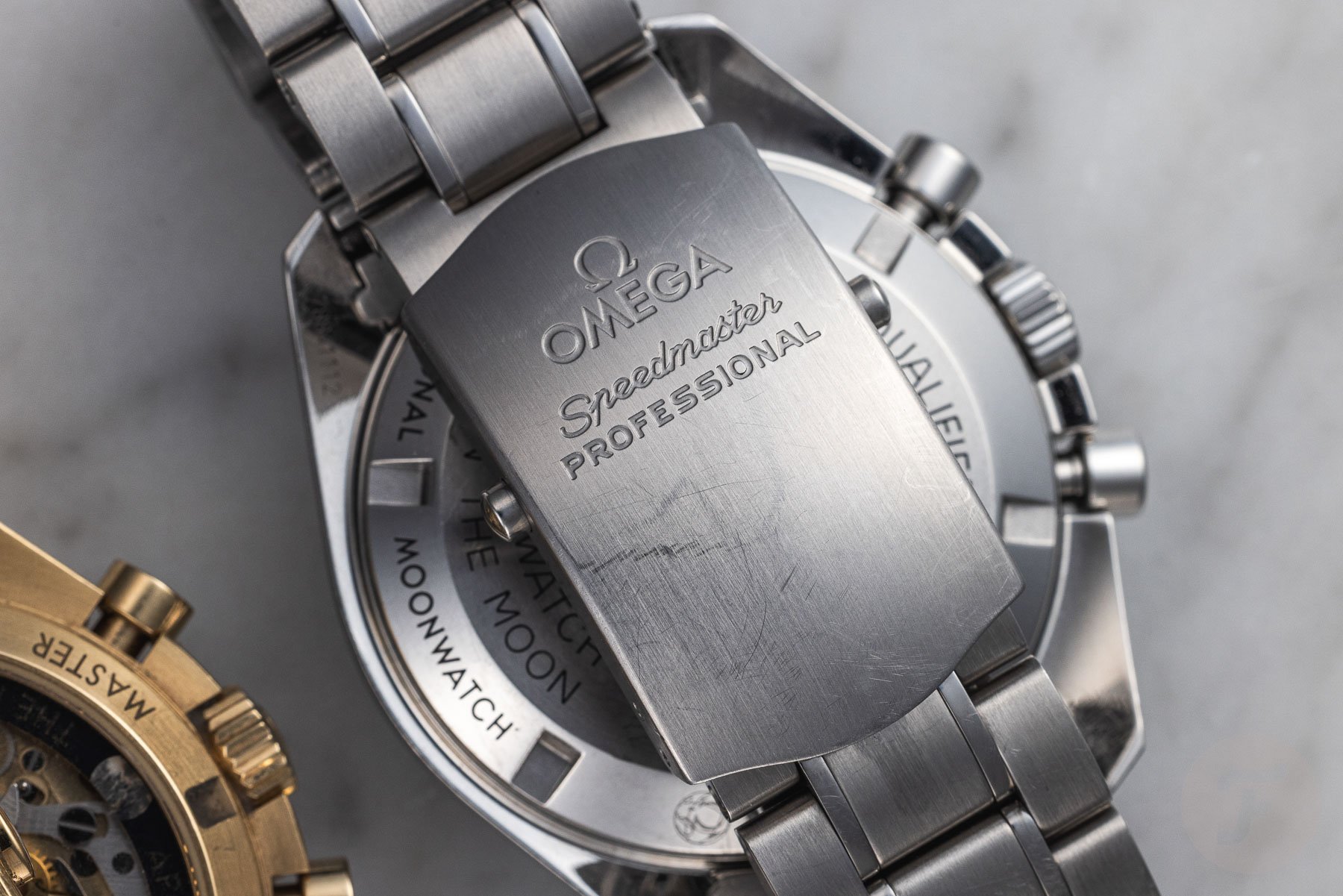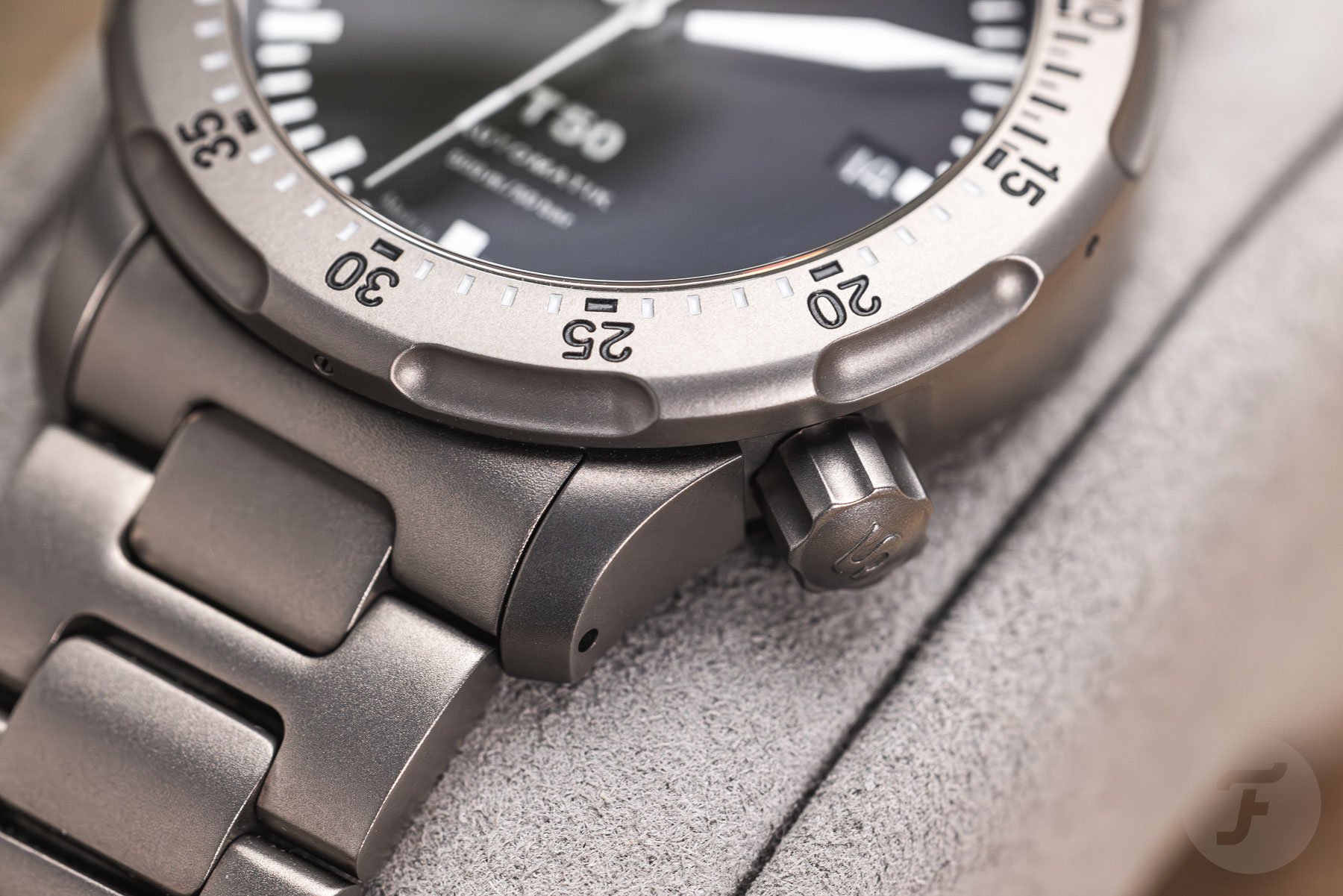Case Hardening For Stainless Steel Watches — How Do They Do It?
You know the feeling, right? You finally get your hands on that dream watch after months of research and online prowling. It is now sitting proudly on your wrist, shining away with its perfect surfaces. You walk to the bathroom and then it happens — bang! The doorjamb and watch meet, leaving a big scratch on the lug. Ouch, that first one always hurts! Some manufacturers try to protect you from this pain with case hardening technology. Sounds great, right? But what is it, technically?
There are, in fact, many different technologies on the market to make steel more resistant to scratches. Today, we will have a look at the most common and see how it is done.
Surface hardening or coating steel watches
Different watch brands use different names to describe the process of scratch-proofing steel. In the end, most come down to one of two things: surface hardening or coating. You probably know of DLC (diamond-like carbon) coating. This is a thin but extremely hard layer that is used to turn watches durably black.
Brands like Seiko and Citizen have found ways of coating steel and titanium with similar layers sans the color. Seiko’s Diashield coating, for instance, has a hardness of approximately 500 Vickers, compared to bare steel’s ~200 Vickers. I have owned such a Seiko, and I can attest that, while it did develop scratches over time, the process was a lot slower than on my bare steel watches.
The other way of scratch-proofing watches, as seen on Sinn, for instance, is through surface hardening. Here, the actual steel itself is treated. Rather than a layer on top, the outermost layer of the material itself is chemically changed. This is what I will focus on for this article.
Hardening the top layer of steel
In the early 1980s, a research group led by Ben H. Kolster found a way of infusing steel with carbon. Low-temperature diffusion of a large quantity of carbon in the top few microns of the steel leads to a hardness of 1,000–1,200 Vickers.
Compared to untreated steel, the top 10–40 microns of hardened steel will feature more carbon atoms and less nickel. The layer is gradual, unlike coatings. This means it will not crack when the underlying softer material deforms, so you don’t have to worry that a hardened layer will peel off over time. Other, similar methods exist. In general, the goal is to create a greater density of desirable atoms in the surface layer. Different watch brands use different technologies to this end.
Since the hard layer is so shallow, it does not protect against impact. So if you walk into a doorjamb, you can still expect a dent. Ceramic watches, by contrast, are around 1,200 Vickers through and through. On impact, such watch cases can shatter. Softer impacts, however, will not dent them.
Why is hardening not standard practice?
Surface hardening is still relatively rare in the watch industry. Considering the move towards more durable materials elsewhere, such as sapphire crystals and ceramic bezel inserts, you would expect broader adoption. What gives? Well, for starters, it is an additional treatment that is quite costly and complicated to implement. Parts have to go from the manufacturer to the surface hardener and back before being assembled. Most case makers aren’t eager to let the parts leave their premises as they are responsible for a perfect water-resistant fit down the road.
Furthermore, the process dulls the surface a bit. While it’s nothing too dramatic, it’s not suitable for luxury watches. Consequently, you either have to work with bead-blasted surfaces or refinish the watch after treatment. But then, as you’d expect, refinishing removes some of the hardened layer. It’s no wonder, then, that you usually see it only on completely bead-blasted tool watches where the dulling isn’t visible.
In short, it is quite a challenging feature to add. Interestingly, it is also one that doesn’t speak to everyone. Most people don’t mind some scratches or aging of a watch. At least, they don’t mind them enough to pay any significant premium. Because of this, surface hardening remains a very cool but niche feature. Even brands that offer it usually keep it optional.
Does hardening work?
The obvious question that arises is: does watch case hardening work? Well, yes it does. But it doesn’t put an end to wear altogether if that is what you are looking for. As mentioned, you can still dent your watch. It is also still possible to scratch it if you put your back into it.
But it does take a lot more than on a standard stainless steel watch. That cloud of micro-scratches on your bracelet, right where it rests on your desk? That’s unlikely to happen on a hardened bracelet. In general, those tiny hair scratches that accumulate over time are largely prevented.
Another benefit that isn’t often mentioned is the effect on long-term steel-on-steel wear. I saw many eroded case backs and cases in my days as a vintage dealer. Pitting can occur when two steel parts are in contact with each other, eventually compromising, for instance, water resistance. This too is prevented with surface hardening.
Closing thoughts
Surface hardening for steel is a technology that is interesting for watches for multiple reasons, not merely aesthetics. Unfortunately, it is also costly, and it complicates the manufacturing process. Paired with limited commercial appeal, it remains quite niche.
That said, companies that have it under control really do have added value to offer. What do you think? Would you pay a premium for a hardened case and bracelet? Let us know in the comments below!

